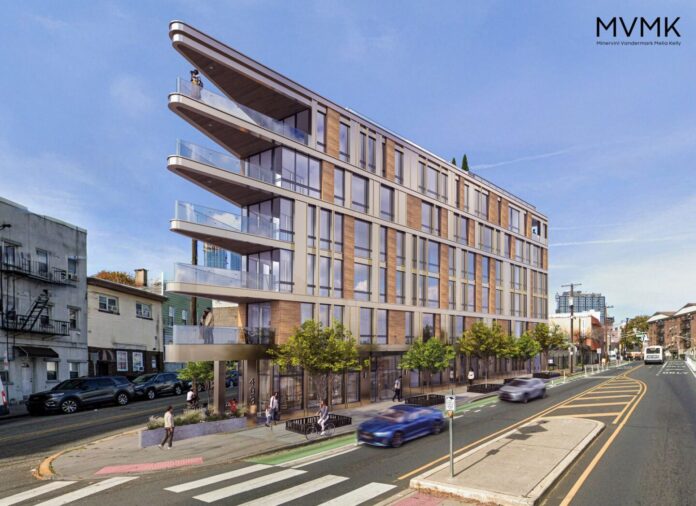In Camden, a bold housing revival is underway. The $18 million Camden Community Housing Collaborative (CCHC) has officially launched, combining public, nonprofit, and philanthropic backing to repurpose underutilized lots into mixed‑income, mixed‑use neighborhoods. Spearheaded by Camden Community Partnership (formerly Cooper’s Ferry Partnership), the Camden County Improvement Authority, and the Cooper Foundation, this initiative aims to bridge gaps in Camden’s housing inventory by enabling both new construction and renovation across the city. The plan includes deploying revolving loans, converting vacant properties, and fostering inclusive, resilient communities.
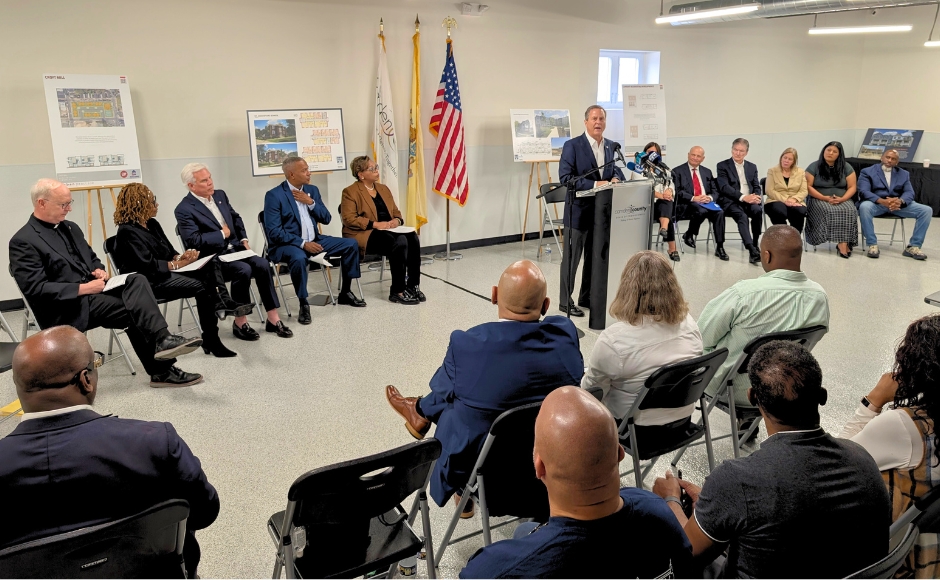
At the same time in Jersey City, urban infill continues its steady rise. The Planning Board recently gave the thumbs up for a striking development at 475 Newark Avenue—a triangular parcel nestled between Downtown and Journal Square. The approved design envisions six stories accommodating 20 residential units, a retail storefront, rooftop amenities, and street-level bike and car parking. The architectural mix uses bronze metallic panels, brick, and cement board, with street trees added to the streetscape. While the project won variances on height, setbacks, and other zoning constraints, it is not large enough to trigger the city’s Inclusionary Zoning rules—meaning no affordable component is required.
Camden’s Bold Commitment to Housing Equity
Camden has long grappled with disinvestment, blighted lots, and a shortage of safe, affordable housing. The CCHC seeks to shift that narrative by coordinating funding streams, leveraging land, and engaging community stakeholders. Through public-private partnerships, the initiative will rehabilitate or reconstruct properties while promoting mixed-income occupancy.
By taking control of underused land and existing structures, the project aims not only to produce housing but to shape neighborhoods—adding density, activating street life, and ensuring access to amenities. Because it’s led by entities embedded in the Camden community, the hope is that development will be more responsive to resident needs than in many past top-down efforts.
475 Newark: A Compact but Tactical Infill Project
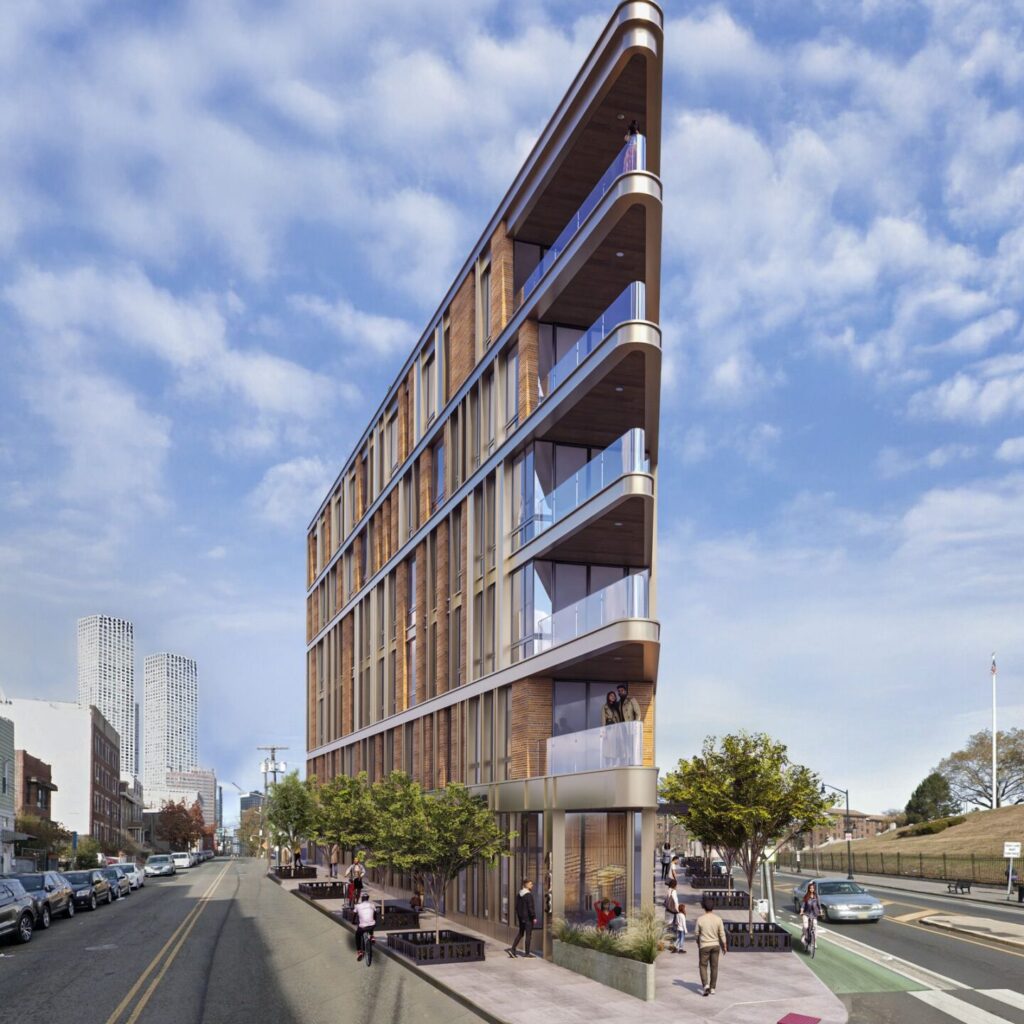
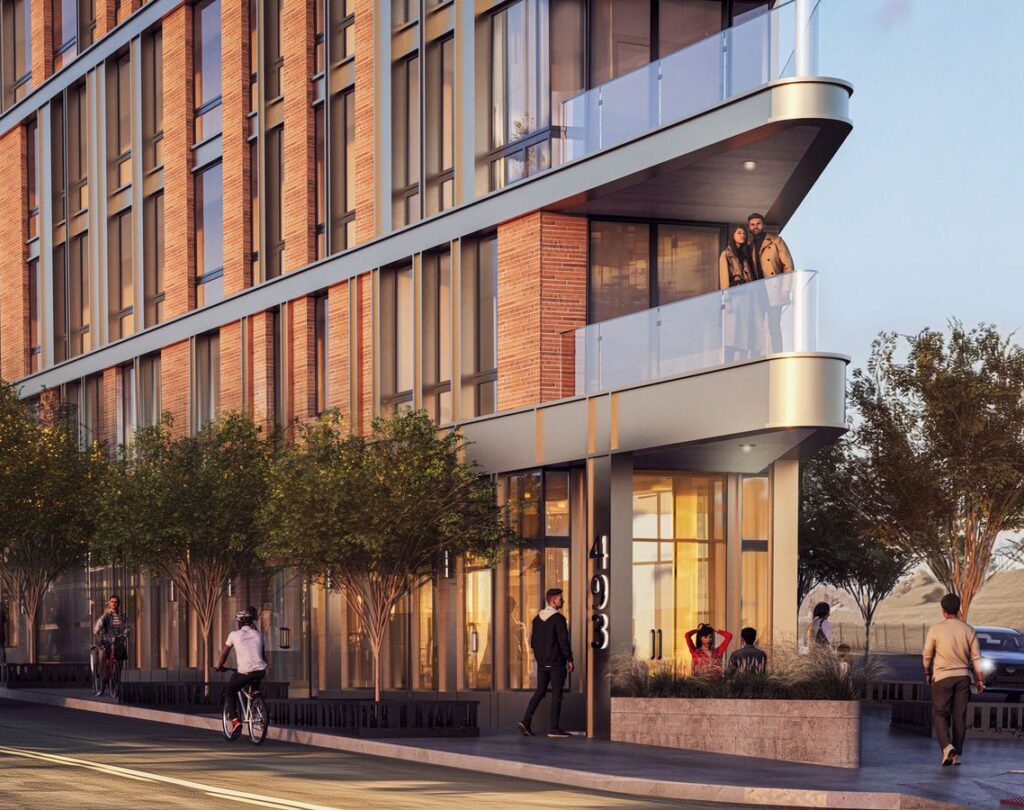
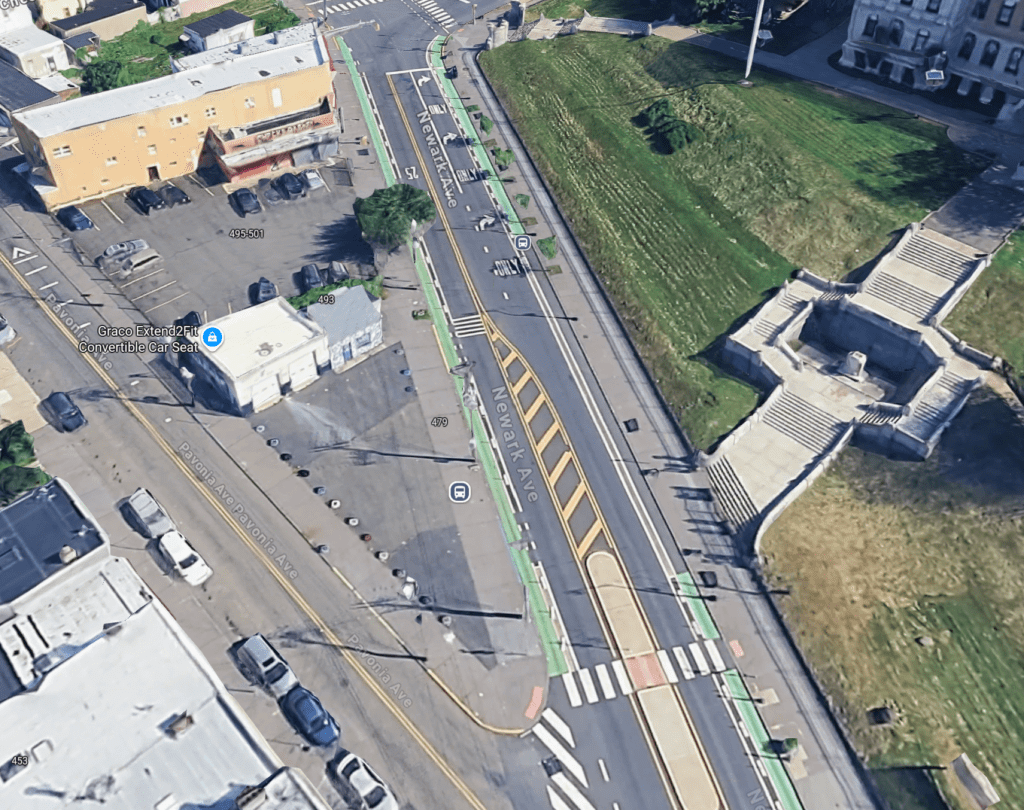
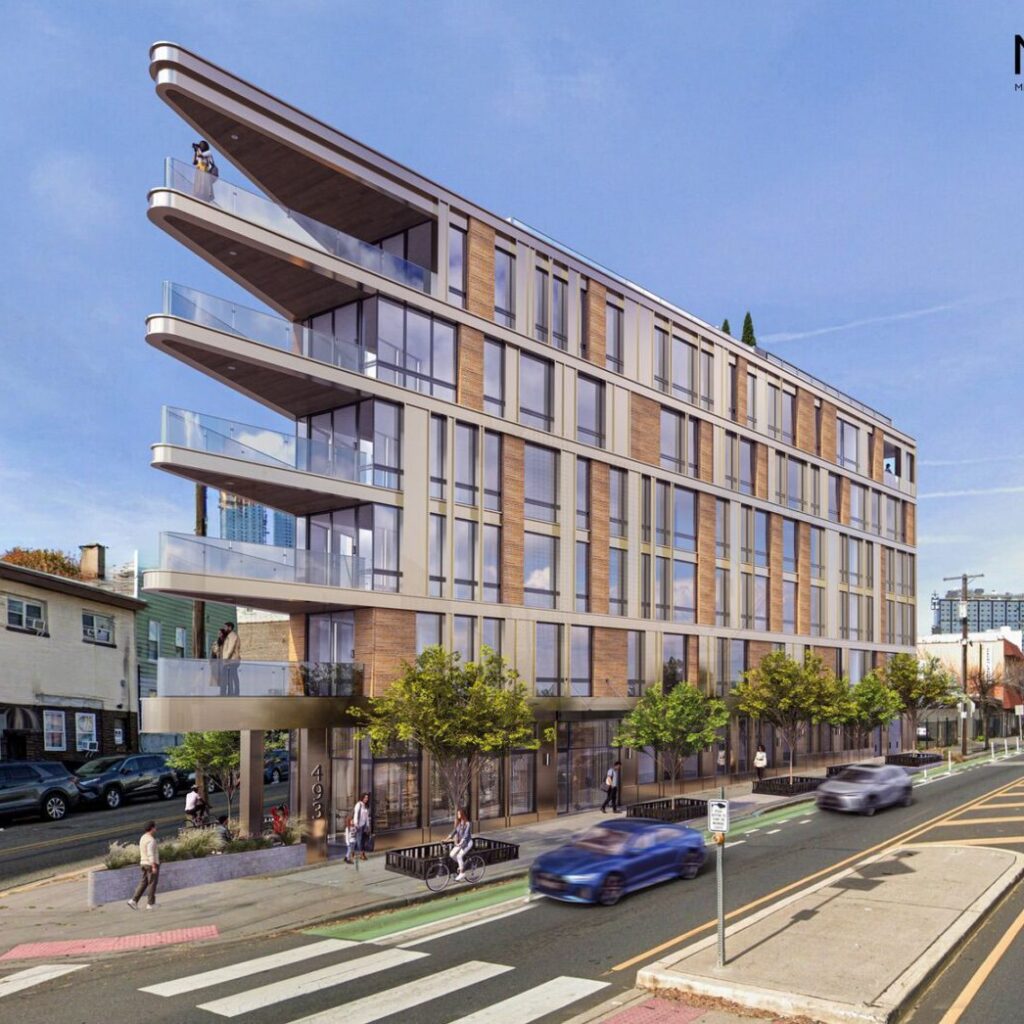
Though small in footprint, the 475 Newark plan is a textbook example of how infill development works in a dense city. The narrow triangular shape imposes challenges, but it also presents opportunities—creating unique unit layouts, balconies, and retail frontage that embraces the corner.
Key features include:
- 20 new residences (studios, one-, two-, and three-bedroom units)
- 678 square feet of ground-floor retail, with additional outdoor retail frontage
- Rooftop common deck and indoor amenity space
- Ten car spaces and twenty bike spots
- Balconies facing the narrow point of the lot
- Exterior finishes combining brick, metal panels, and cement board
- New street tree plantings along Newark and Pavonia Avenues
The variances granted—ranging from rooftop coverage to setback flexibility—reflect the city’s willingness to allow denser development in growth corridors. Because the project doesn’t cross thresholds for inclusionary zoning, it will exist entirely as market-rate housing.
What This Means for New Jersey Real Estate
The Camden initiative signals that smaller cities too are serious about housing strategy, not just piecemeal development. When cities lean on mission-driven organizations like Camden Community Partnership, projects are more likely to tie housing to broader quality-of-life goals: green space, walkability, and community resilience.
In Jersey City, the 475 Newark project underscores the pressure to repurpose every inch of land between established neighborhoods. Mixed-use infill is less flashy than towers, but it often integrates more smoothly into the urban fabric, especially in transitional zones.
Across both examples, funding structure, community control, and design intent make the difference between simply building units and shaping neighborhoods.
Explore more real estate news and developments in New Jersey on our Real Estate page. (https://explorenewjersey.org/category/real-estate/)
